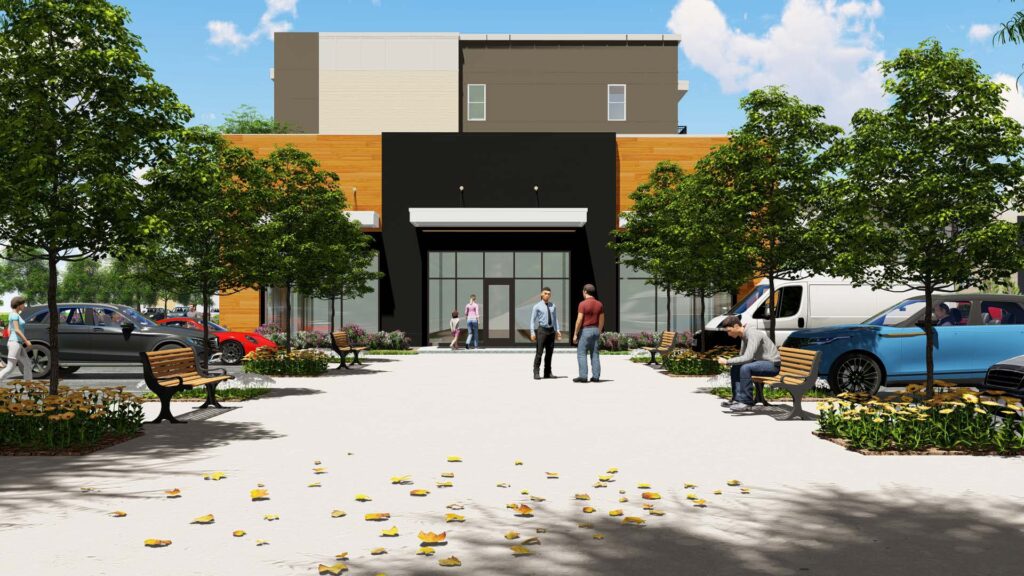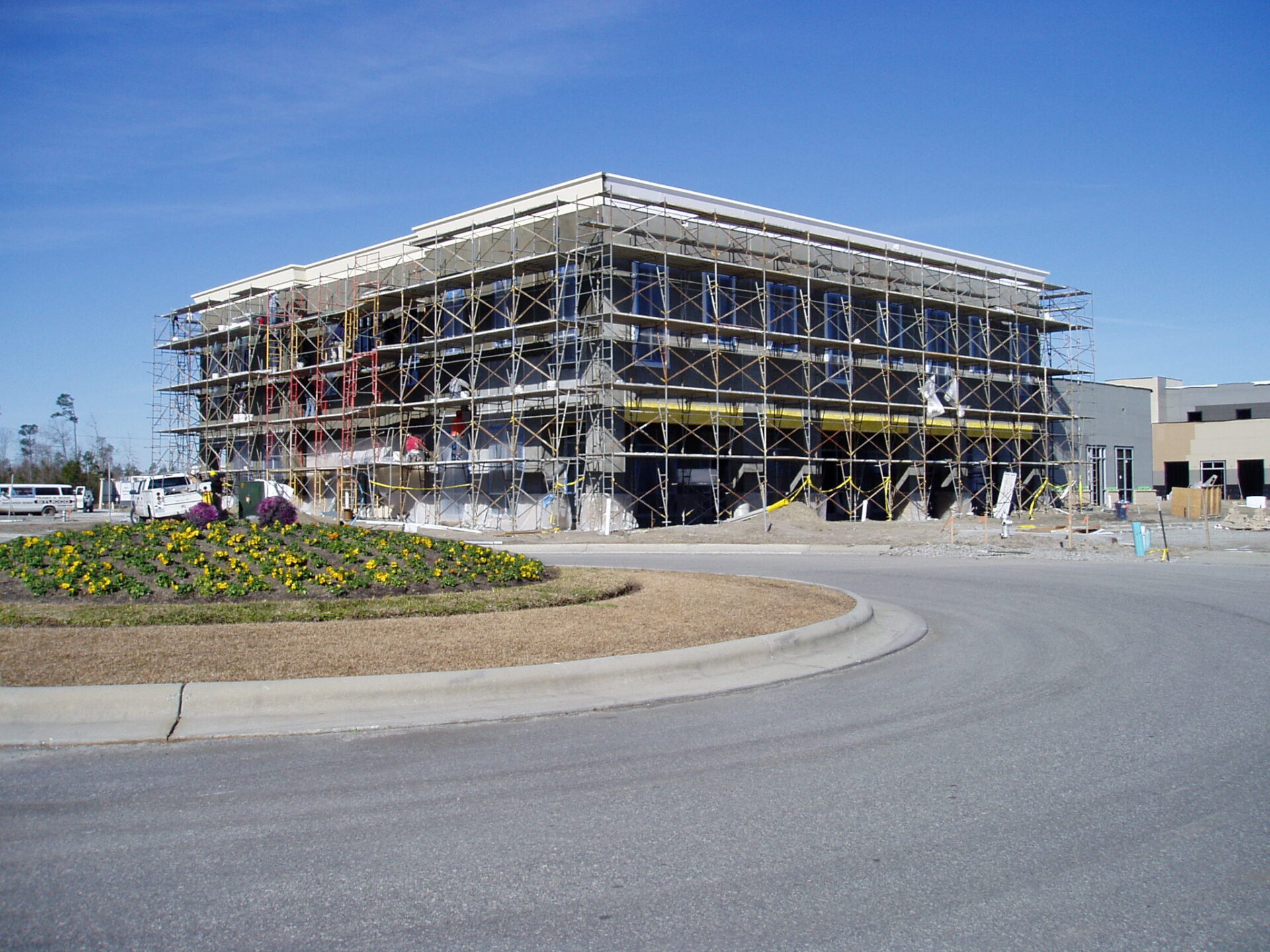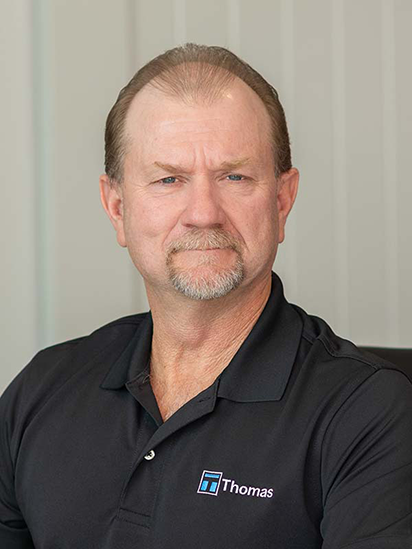We recently had the pleasure of hosting David Kirschner with Keller, who spoke to our Project Managers and Superintendents about geotechnical construction challenges and, precisely, the use of aggregate piers. Currently, our Renaissance Apartments project is utilizing this method of ground improvement due to several factors.
“The initial geotechnical exploration performed onsite revealed subsurface soil conditions that would not support the new structures on conventional shallow foundations without the use of a ground improvement system such as aggregate piers or a deep foundation system consisting of driven timber piles,” said Project Manager Peter Hanrahan.
Project Engineer Evan Seagroves added to Hanrahan’s sentiment: “The whole point of aggregate piers is that they provide strength to the ground so that the building doesn’t settle into the earth, which would be an obvious issue when it comes to the structural integrity of the building.”
With a typical deep foundation system, timber piles are driven to a determined depth to support the structural load above, but they can also create a lot of waste and generally aren’t as cost effective. While they may be the best solution for certain projects, the unique site challenges posed to the Renaissance Apartments team called for something more creative.
Aggregate piers are less of an installation method and more a function of confining soils, which is what determines the support capacity. Placement begins when a large rig lowers a bottom fed vibratory probe vertically into the ground to the designed depth. Aggregate (stone) is then pumped through the bottom of the probe and compacted in lifts to create the piers. Cement grout is injected into the aggregate as needed for additional reinforcement.
Before employing aggregate piers, consider the following: soil profile bearing capacity, interval fill, settlement and stress influence all play a part in the effectiveness of aggregate pier solution. If you do find that your site meets all the requirements, ideally your project will recognize a decrease in footing size, settlement mitigation and something we all love to hear, an increase in construction speed!
Hanrahan said, “The aggregate piers have proven to be a quick and effective method for ground improvement. Not only have they permitted the use of conventional shallow foundations, but helped us maintain the project schedule, which we’re all happy about.”
At Thomas, one of our core values is Improvement, which means we are always looking for ways to utilize innovative new technology in our projects. Many thanks are owed to Keller for participating in this effort, providing lunch and a behind-the-scenes look at how Aggregate Piers work.
The Renaissance Apartments are a multi-family project collaboration with GHK Development and Hudson Wilmington Development. Located at 1027 Ashes Drive, the 254,325 sq ft project will consist of two 4-story mixed-use buildings comprised of 2,500 sq ft of retail space and 198 multi-family units as well as common and amenity areas. We estimate the project will be completed in Spring 2022.






















